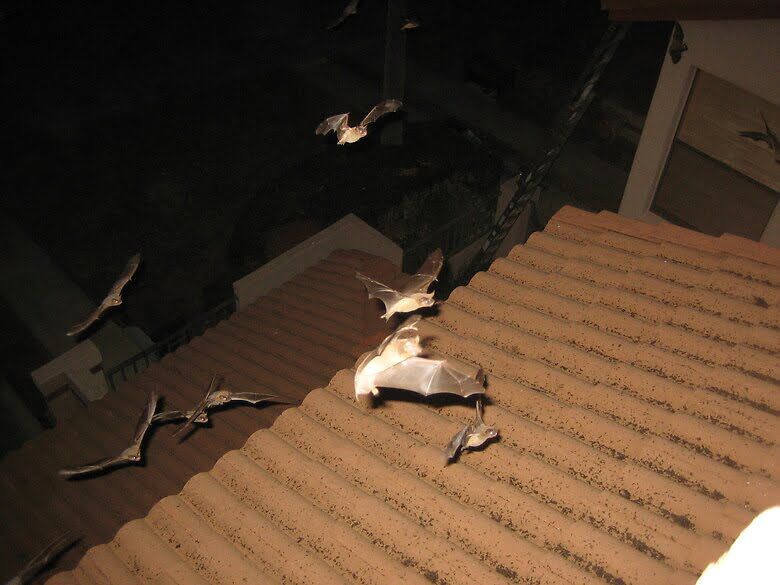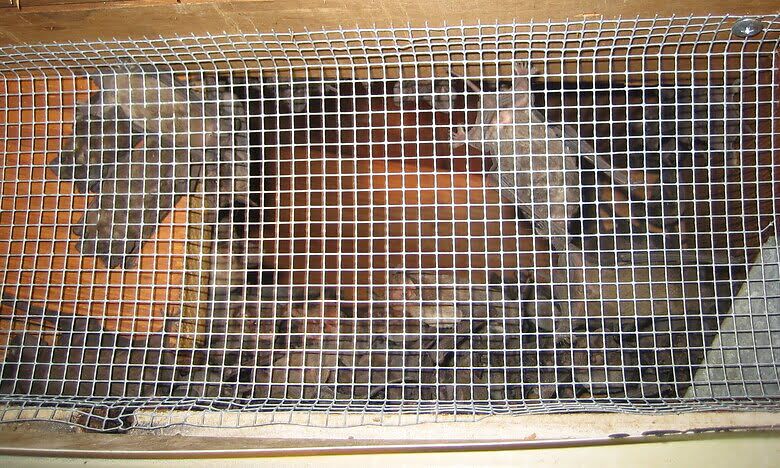About Nuisance Bats
An average person would have no idea what nuisance colonizing bats are. But since you are here, chances are, your house or your property is being invaded by these creatures and you need all the information you can get. Keep calm and read on! We’ve got all the things you need to know about colonizing bats.

Biology
Physical Body
Bats belong to the family of mammals, specifically in the order of Chiroptera. Using their forelimbs as wings, bats are the only mammals capable of sustainable flight. They are part of the so-called modern flying animals, together with birds and bugs.
- A bat wing consists of a thin overlay of skin spanning across its bone structure. The wings are controlled by the bat’s finger bone. Their wings are elastic and flat, making it very agile.
- Bats have hearts and lungs that are big for their size. This is to maintain their flying and echolocation capabilities.
Echolocation
Bats don’t just rely on sight and smell. They also have a natural radar, called echolocation. It helps them to detect objects from far distances. They emit sound waves that have a high-range frequency that bounces off objects. Waves transmit back to them.
Diet
Being omnivorous animals, bats have a wide range of food sources. Colonizing bats love to eat fruits and pollen as well as bugs and even birds.
Problems Caused by Bats
Damage to Property
Colonizing bats are characterized by their unique behavior of always bringing their whole colony with them wherever they go. Colonies vary in size depending on how much food is available in the area. There can be about 12 to 100 bats in one colony. If you spot one colonizing bat in your house, it is surely not alone. Regardless if they’re in the part of the house that you don’t always see, they can still pose serious threats to the structure of your home.
- Bat urine contains highly concentrated uric acid that can corrode even strong metals. If it can do that to metals, imagine what it can do to common surfaces like wood, marble, and alabaster. It can ruin your flooring and walls. The cost of remodeling or repair might be thousands of dollars, especially if the acid has done serious damage to materials that support the foundation of your house.
Bats can squeeze themselves into holes as tiny as three-eighths of an inch wide. You can spot these holes by looking for urine stains that usually looks greasy and brown. Since you are dealing with colonizing bats, there is a good chance that you will find a lot of these stains since more than one bat is leaving the trail.
Risk of Diseases
Bat feces is called guano. Droppings of this very unpleasant waste are very corrosive and at the same time dangerous to human health. The most common disease associated with guano is histoplasmosis.
Histoplasmosis
There’s a fungus that grows on guano. When humans inhale spores from this fungus, they become prone to histoplasmosis. People who have pre-existing respiratory conditions and those with a weakened immune system are at a bigger risk of getting this disease. It can permanently affect the lungs and can even be life-threatening when not diagnosed and properly treated during the early stages.
The General Inconvenience
Let’s face it. There’s something about bats that make humans uncomfortable and even terrified. Just the thought of having them close by is enough of a distraction. Finding out that their presence can create serious health and property damage is even more frightening.
The feeling of strong inconvenience is very common when dealing with a nuisance animal. However, some methods can help you deal with this problem permanently. Below are some of the most effective colonizing bat prevention and removal strategies.
Getting Rid of Bats
Using repellents is more like a technique for prevention, while trapping and exclusion are both effective removal techniques.
Please bear in mind that bats are protected animals and are not to be injured or killed. Take extra precautions in using these methods and keep it as humane as possible.
- Bat live exclusion using netting
- Trapping using a cage and a bait
- Repellents: cinnamon and ammonia
- Hanging aluminum foil in bat entry points
Whichever one of these methods you choose, make sure to check for holes and gaps in your walls as these are bats’ entry points to your house. Patch up or cover these openings to avoid nuisance colonizing bats from coming back.

